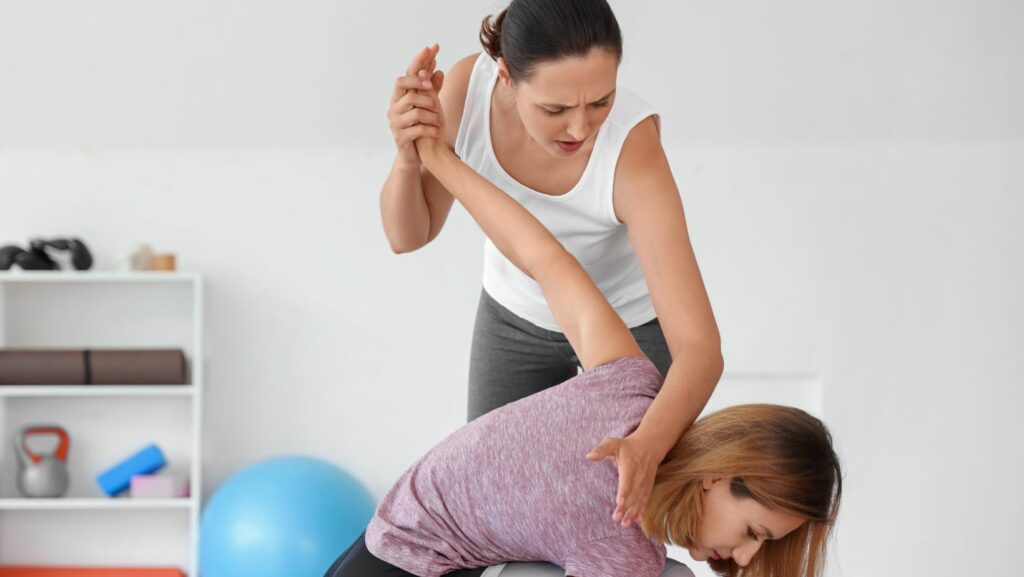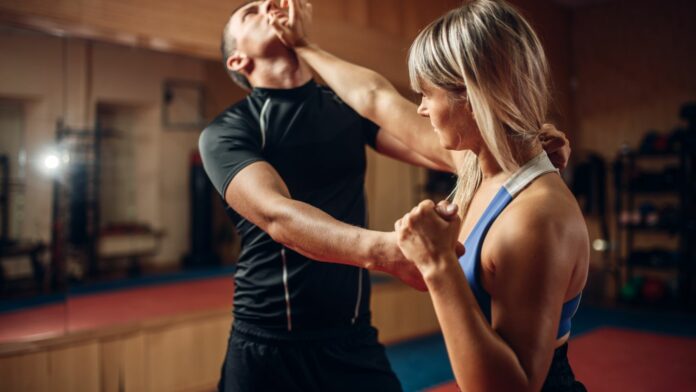Empowering women with self-defense skills is a crucial step towards personal safety and confidence. In a world where unforeseen threats can arise, being prepared rather than panicked can make all the difference. This article explores essential skills for women’s self-defense, offering practical insights and techniques to help women navigate potential dangers with confidence and resilience.

Awareness and Prevention - The First Line of Defense
The foundation of women’s self-defense lies in awareness and prevention. Being alert to one’s surroundings and recognizing potential threats is the first line of defense. Women can cultivate situational awareness by:
- Maintaining Alertness: Avoid distractions such as excessive phone use when walking alone or in unfamiliar environments. Pay attention to your surroundings and the people around you.
- Trusting Instincts: Women possess a powerful intuition. If a situation feels uncomfortable or unsafe, trust your instincts and take necessary precautions, such as changing your route or seeking help.
- Body Language: Project confidence through assertive body language. Walk with purpose, make eye contact, and keep your head up. Potential attackers are less likely to target individuals who appear alert and self-assured.
- Avoiding Isolation: When possible, avoid isolated areas, especially at night. Stick to well-lit, populated routes, and inform someone you trust of your whereabouts.
By incorporating these awareness and prevention strategies into daily routines, women can reduce the likelihood of encountering threatening situations and enhance their overall safety.
Basic Self-Defense Techniques - Empowering Women with Physical Skills
While prevention is crucial, having basic self-defense techniques in one’s arsenal can provide a sense of empowerment. These techniques are designed to create opportunities for escape rather than engage in prolonged physical confrontations. Key self-defense techniques include:
- Strikes to Vulnerable Areas: Learn effective strikes to vulnerable areas, such as the eyes, nose, throat, and groin. These techniques can incapacitate an attacker temporarily, providing an opportunity to escape.
- Escaping Holds and Grabs: Practice techniques to escape common holds and grabs. This includes wrist grabs, bear hugs, and chokeholds. Techniques like joint locks and pressure points can be effective in breaking free.
- Defensive Maneuvers: Master defensive maneuvers like blocking and parrying to deflect an attacker’s strikes. This allows women to create distance and evaluate the situation for the next course of action.
- Ground Defense: In the event of being taken to the ground, understanding basic ground defense techniques is crucial. Techniques like escapes, sweeps, and reversals can help women regain control and escape safely.
Regular practice of these self-defense techniques, whether through formal classes or self-guided training, enhances muscle memory and increases the likelihood of an effective response during a crisis.
Mental Resilience - Developing a Strong Mindset
Self-defense is not only about physical techniques but also about mental resilience. Developing a strong mindset is essential for women’s self-defense, enabling them to navigate stressful situations with clarity and determination. Key aspects of mental resilience include:
- Confidence Building: Regularly practicing self-defense techniques contributes to building confidence. Knowing that you have the skills to protect yourself fosters a sense of empowerment and reduces the likelihood of freezing during an attack.
- Preparedness: Mentally rehearse potential scenarios and plan how to respond. Visualization can enhance mental preparedness, allowing women to react quickly and decisively when faced with a threat.
- Verbal Assertiveness: Develop assertiveness in verbal communication. Projecting confidence through assertive speech can deter potential attackers and attract the attention of bystanders who may intervene.
- Post-Event Coping Strategies: Acknowledge that self-defense situations can be traumatic. Women should educate themselves on coping strategies for post-event trauma, such as seeking support from friends, family, or professionals.
A strong mindset not only contributes to immediate safety but also plays a vital role in the overall well-being of women who have undergone self-defense training.
Continuous Education and Training - Empowering Women for Life
Self-defense is not a one-time endeavor; it’s a lifelong commitment to learning and staying prepared. Continuous education and training ensure that women are equipped with updated skills and techniques. Key elements of ongoing empowerment through education include:
- Regular Refresher Courses: Attend periodic refresher courses to reinforce and update self-defense skills. Techniques may evolve, and staying current is essential for effectiveness.
- Explore Various Disciplines: Women can explore different self-defense disciplines to find the one that best suits their preferences and lifestyles. Krav Maga, Brazilian Jiu-Jitsu, and traditional martial arts offer diverse approaches to self-defense.
- Stay Informed: Stay informed about the latest self-defense technologies and tools. From personal alarms to self-defense apps, incorporating modern solutions into one’s toolkit can enhance overall preparedness.
- Community Engagement: Join self-defense communities or groups to share experiences, learn from others, and stay connected with a network of empowered individuals.
By committing to continuous education and training, women not only maintain their skills but also contribute to a culture of empowerment and solidarity within their communities.
Conclusion
From panic to preparedness, women’s self-defense is about cultivating awareness, acquiring essential skills, developing mental resilience, and committing to continuous education. Empowering women to navigate potential threats with confidence and determination is not just a personal choice; it’s a societal imperative that fosters a culture of safety and equality. Through awareness, education, and training, women can transform from passive observers to active guardians of their own well-being, ensuring that they are prepared for whatever challenges the world may present.











